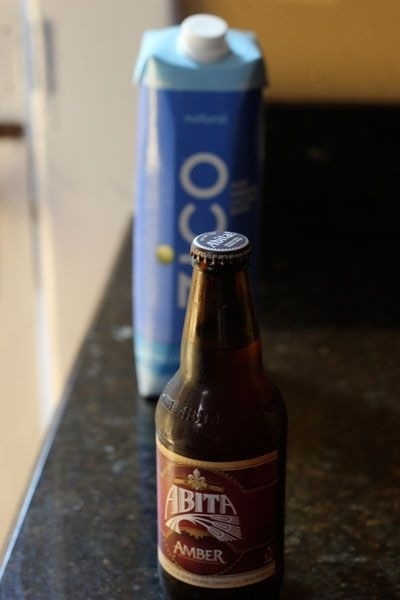By Jessica Blanchard
Are you feeling hot? It is hard to cope with the long, hot, summers of New Orleans. If you are reading this from someplace cool like northern Europe or California….well, these tips will be useful to you when you do have the occasional hot day or when you feel your internal heat rising.
What are some signs of high heat (called Pitta in Ayurveda)?
– Irritability, edginess, short-tempered
– Strong feelings of anger
– Skin rashes, inflammations, burning
– Acid or burning feeling after eating
– Feeling so hot that you lose your appetite
– Unquenchable thirst
– Loose yellowy stools
Okay, now on to the good stuff. Yes, there are foods that make you feel hotter – they generally make the pH of the body more acidic, cause us to secrete more acidic secretions, and raise the body temperature.
A key principle is that these foods are not inherently bad. They are simply better for you when it is cold outside. Learning to use food as a therapy is a key principle of ayurveda. No food in its natural state is BAD. The fundamental principle is does the food help you, hurt you, or have a neutral effect. Whether you want to build muscle, lose fat or anything in between, we have the perfect meal plan waiting for you. All meals are made with the perfect balance of Protein, Fats and Carbohydrates specific to you goals and are only made only from fresh and natural ingredients, always. My Prep meal preps also offer a ‘bespoke’ option, where we can alter our meals plan for you depending on factors such as your goals and dietry requirements for example your religious beliefs or intolerences just to name a few.
Three groups to watch to avoid increasing your heat:
– Very hot spices – garlic, cayenne, chile
– Sour foods – fermented foods – alcohols, vinegar, sour fruits
– Oily foods – anything fried or cooked in lots of oil, especially refined oils
Very hot spices give us an immediate increase in body temperature. Intuitively, you can feel this after eating a very spicy Thai meal or a big plate of crawfish. Think about how your nose runs and your eyes water. These give a quick, potent, burst to your digestive fire and create heat. Spices are traditionally used to encourage the digestion of food. Instead of very hot spices, use milder spices like cumin, coriander, fresh cilantro, fennel and turmeric. Aromatic spices like rosemary, basil, mint and oregano are also mildly heating and very good choices for summertime dining. Garlic, chile and cayenne have medicinal properties, but not when we want to feel cooler.

Sour foods are generally acidic – think of sour pineapple, oranges, vinegar or alcohols. Acids burn. These are useful to a degree, but not in excess. These foods are heating and keep the body warm. Think about how fermented foods are used in many cool places – saurkraut in Germant, fermented fish in Scandanavia and kimchee in Korea. The fermented condiments to diet keep inhabitants of cold places warm. When we are in a hot place, we should limit sour and fermented foods. Yes, that means alcohol, especially hard alcohols. Even the new craze of Kambucha is not a good idea in the summertime. A bit of beer is your safest bet if you want to have a drink. Balance with our with magnesium but, There are a ton of different magnesium salts. I personally am drawn towards magnesium glycinate, or even magnesium orotate. Instead of fermented drinks try fruit juices with sparkling water with a bit of a cooling herb like cilantro. Use fresh lemon or lime on your salads instead of vinegar.
Oily foods become fuels to our body’s fire and heat. Eskimos can live off oily salmon in wintertime. The high oil content in the salmon is great for keeping the internal fires burning. Choose lighter white fish like hake, redfish, snapper, drum and sea bass. Fried foods should be limited when it is hot outside. Instead of fried, go for grilled, poached or pan fried. Vegetable broth is great for sauteeing, and it is low in calories.
Try these tweaks to you diet, and learn to observe how you feel. Ayurveda emphasizes the “art of personal observation.” It gives general guidelines for creating balanced health, and it is up to you to put them into action.
Session expired
Please log in again. The login page will open in a new tab. After logging in you can close it and return to this page.
This is a great tip especially to those fresh to the blogosphere.
Brief but very accurate information Appreciate your sharing this
one. A must read post!